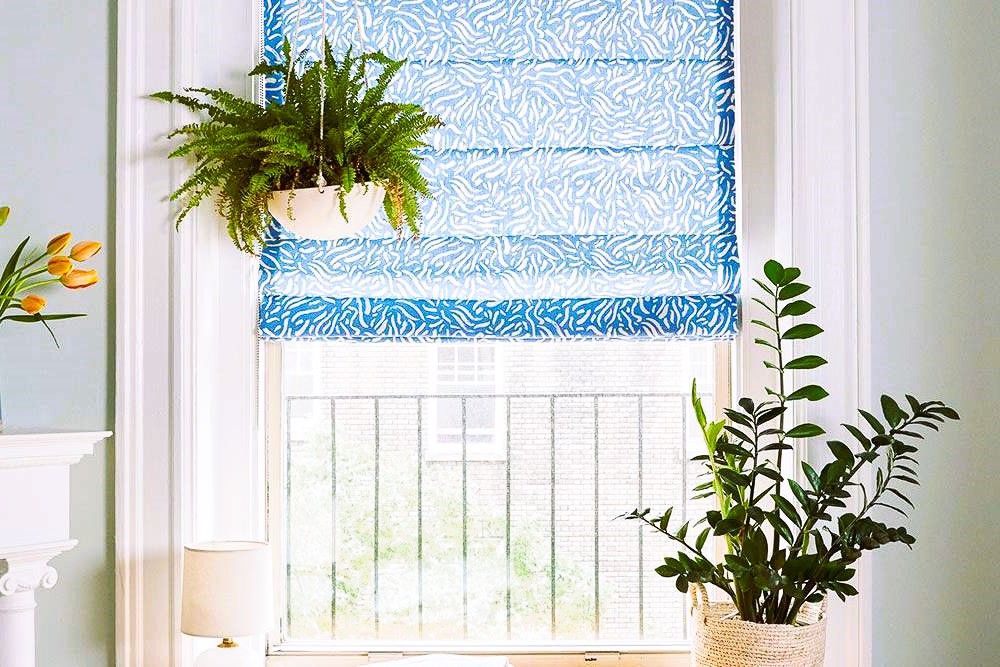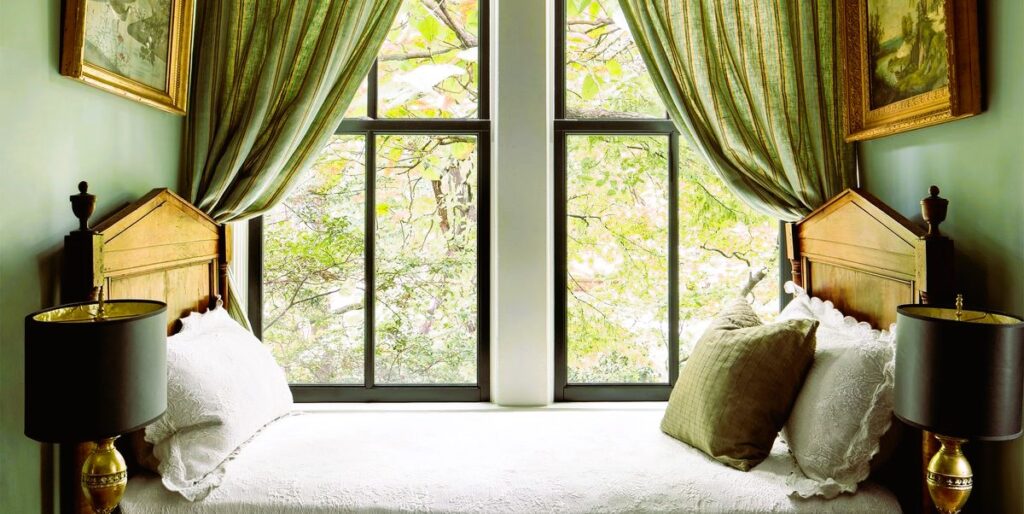
Choosing the Right Window Treatments for Small Spaces
In small spaces, every design decision matters, including the choice of window treatments. The right window treatments can enhance the aesthetics, functionality, and perceived size of a small room. When selecting window treatments for compact spaces, it’s essential to consider factors such as light control, privacy, visual openness, and space optimization. By understanding the options available and their pros and cons, you can make an informed decision that suits your specific needs and enhances your small space.
- Roman Shades:
Roman shades are an excellent choice for small spaces due to their clean lines and versatility. They are available in various fabrics, colors, and patterns, allowing you to customize the look to match your interior decor. Here are some advantages and considerations associated with Roman shades:
Advantages:
- Space-saving: Roman shades are designed to stack neatly at the top of the window when fully raised. This feature maximizes the amount of visible glass and creates a streamlined appearance, making them ideal for small spaces where every inch counts.
- Light control: Roman shades offer excellent light control options. Depending on the fabric and style chosen, you can opt for light-filtering or blackout versions to suit your preferences. The ability to adjust the shades to different positions allows you to achieve the desired balance between natural light and privacy.

Considerations:
- Visual Weight: Roman shades can have a significant visual impact when lowered, especially in small spaces. The fabric folds can add texture and dimension, which may make the window treatment appear visually heavier. To maintain a sense of openness, consider lighter fabrics or opt for shades with a more streamlined design. We have prepared a comparison for you: transparent curtains or light filters, in the article about Making the most of natural light.
- Roller Shades:
Roller shades are a popular choice for small spaces due to their simplicity and functionality. They consist of a single piece of fabric that rolls up and down, offering a sleek and minimalist look. Here are the advantages and considerations of roller shades:
Advantages:
- Space-efficient: Roller shades have a compact design that maximizes the viewable area of the window when fully raised. This minimalistic approach creates a clean and uncluttered appearance, which is particularly beneficial in small rooms.
- Light Control: Roller shades are available in various opacity levels, ranging from sheer to blackout. This versatility allows you to choose the level of privacy and light filtration that suits your specific needs. Light-filtering roller shades can diffuse sunlight, creating a soft and inviting ambiance in your small space.
Considerations:
- Limited Texture and Patterns: Roller shades tend to have a more minimalistic and understated appearance compared to other window treatments. If you prefer textured fabrics or patterns to add visual interest to your small space, roller shades may not provide as many options. However, there are some options available with decorative elements or patterns that can complement your design aesthetic.
- Vertical Blinds:
Vertical blinds offer a practical and space-saving solution for small spaces with large or sliding windows. They consist of vertical slats that can be adjusted to control light and privacy. Here are the advantages and considerations of vertical blinds:
Advantages:
- Space Optimization: Vertical blinds are particularly suitable for large windows or sliding doors in small spaces. The vertical orientation of the slats allows for easy operation and full access to the window or door when opened. This feature helps maximize space utilization and provides unobstructed views.
- Light Control: Vertical blinds offer excellent light control options, as the slats can be tilted to allow in natural light while reducing glare. The ability to tilt the slats also ensures privacy when desired.

Considerations:
- Design Aesthetics: Vertical blinds have a distinctive look that may not appeal to everyone’s design preferences. If you prefer a more traditional or decorative window treatment, vertical blinds may not be the ideal choice. However, modern options with sleeker designs and a variety of fabric choices are available to suit different styles.
When selecting window treatments for small spaces, it’s crucial to consider safety regulations, quality standards, and industry best practices. For more information on window treatments and related standards, you can visit the following sources:
- Wikipedia: Window Treatment – Link
These sources provide comprehensive information on various types of window treatments, including safety guidelines, regulations, and industry standards.
In conclusion, choosing the right window treatments for small spaces involves considering factors such as space optimization, light control,
